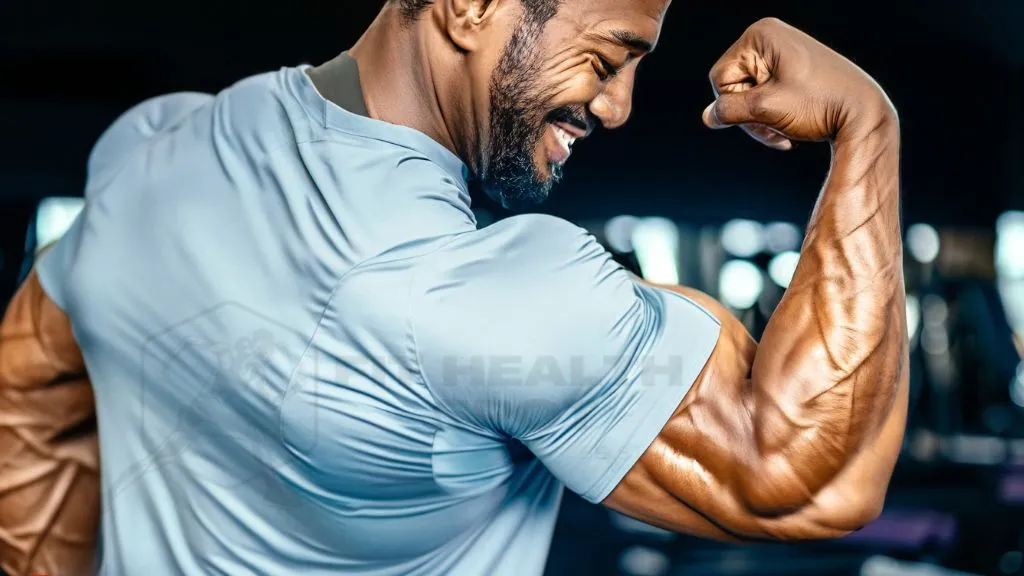Introduction
The bicep, arguably one of the most coveted muscles in the body, isn’t just for show. A strong and well-defined bicep signifies more than just physical appeal—it represents dedication, hard work, and a balanced approach to fitness. While the bicep might seem like a simple muscle to many, the reality is that it’s a complex structure requiring intricate training for optimal development.
There’s a common misconception that building bicep muscles revolves solely around basic curls. In truth, the bicep is composed of various sections, each requiring specialized exercises for targeted results. From the brachialis to the long and short heads, understanding the nuances of the bicep is the key to achieving balanced and effective growth. Whether you’re using dumbbells, barbells, machines, or even just body weight, there’s a plethora of exercises tailored for every part of the bicep.
Want a deeper dive into the effectiveness and variations of the most popular bicep exercise? Explore our guide on The science behind bicep curls and their variations. As you navigate your fitness journey, remember that it’s not about doing more, but rather, doing what’s effective.
The Anatomy of the Bicep
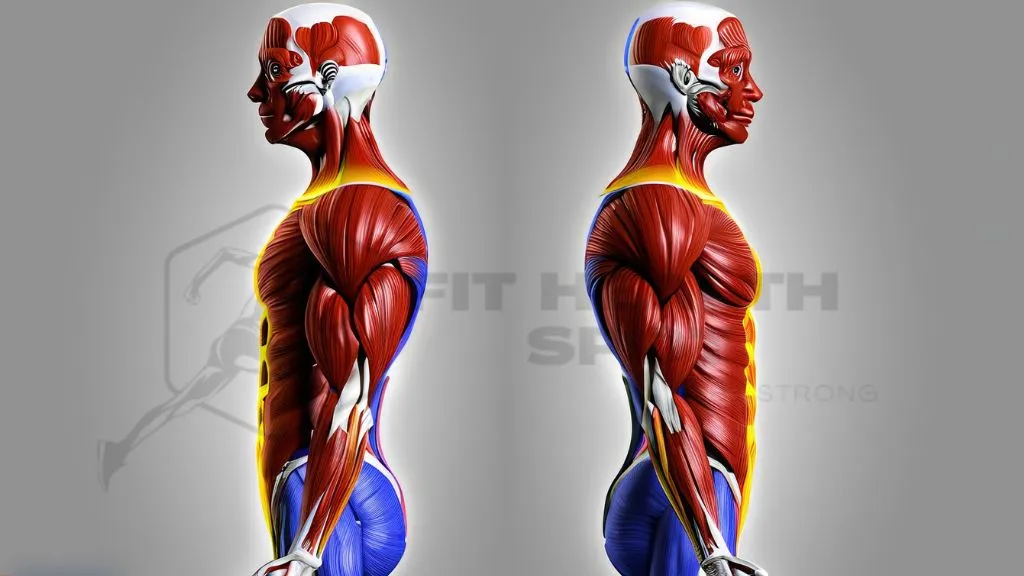
The bicep, or “biceps brachii,” is more than just a singular muscle bulging from the upper arm. This muscle is actually comprised of two heads, aptly named the long head and the short head. These heads originate from different places on the scapula and merge, inserting into the forearm. Their distinct anatomical differences contribute to their unique functions, and understanding this can greatly influence one’s training regimen.
Long Head of the Bicep:
Originating from the supraglenoid tubercle of the scapulaOriginating from the supraglenoid tubercle of the scapula, the long-head muscle is located on the outer aspect of the arm, forming the pinnacle of the bicep. When contracted, it’s the part that noticeably protrudes, making it a preferred focus for numerous fitness enthusiasts. In terms of its role, the long head assists in elevating the arm and providing stability to the shoulder joint during specific movements.
Short Head of the Bicep:
Starting from the coracoid process of the scapula, the short head is situated on the inner side of the arm. It plays a pivotal role in flexing the elbow and turning the forearm to face upwards, a movement known as supination. Because of its location, the short head often gives the arm its width.
While both heads work harmoniously in most arm movements, their slight anatomical differences make targeted training possible. Incorporating exercises that focus on either head ensures a balanced and comprehensive bicep workout.
For a more in-depth understanding of bicep anatomy, including the intricate details of its origin, insertion, and innervation, check out this comprehensive article on Healthline.
Bicep Workouts Machine
While free weights like dumbbells and barbells have their distinct advantages, gym machines specifically designed for bicep workouts can offer a targeted approach that many enthusiasts and professionals swear by. Machines, with their controlled movement paths, can be particularly effective in isolating the biceps and ensuring proper form.
Benefits of Using Machines for Bicep Workouts:
- Targeted Isolation: Gym machines are engineered to focus on specific muscle groups, allowing users to isolate the biceps effectively and ensure they’re the primary muscles being worked during the exercise.
- Stability: The fixed path of most machines minimizes the use of stabilizing muscles, which means there’s less room for error and a decreased risk of injury, especially for beginners.
- Progressive Overload: Machines often come with easily adjustable weight stacks, allowing users to progressively increase the resistance as they get stronger, which is essential for continuous muscle growth.
- Consistency: The guided motion ensures that you maintain consistent form throughout your sets, ensuring each rep is as effective as the last.
Recommended Machines and Exercises:
- Seated Machine Curl: This mimics the motion of a regular bicep curl but with the added stability of a machine. Sit down, grip the handles, and curl towards your shoulders. 3 sets of 12 reps.
- Preacher Curl Machine: Similar to the dumbbell preacher curl, this machine ensures strict form, isolating the bicep effectively. Adjust the seat, place your arms on the padded surface, grip the handles and curl. 3 sets of 10 reps.
- Cable Bicep Curl: Utilize the cable machine to lower the pulley setting, affix a straight or EZ-bar handle, grasp it with your palms facing upward, and execute curling exercises. The cables’ constant tension offers a distinct resistance pattern. The continuous tension from the cables provides a unique resistance curve. 3 sets of 12 reps.
- High Pulley Curl: Attach a handle to a high pulley on a cable machine. Facing the machine, grab the handle, pull your elbow back so it’s aligned with your shoulder, and curl towards your head. This targets the long head of the bicep effectively. 3 sets of 10 reps.
While bicep exercises are crucial for arm development, it’s equally essential to understand and engage other muscle groups for a balanced physique. Delve into the nuances of exercises like the lat spread to enhance your back muscles in our dedicated guide on Understanding different muscle exercises like the lat spread.
Bicep Workouts Machine
The gym is packed with an assortment of machines designed to zero in on specific muscle groups. When it comes to honing the biceps, certain machines stand out for their effectiveness and precision.

Benefits of Using Machines for Bicep Workouts:
- Isolation: Machines can offer unmatched bicep isolation, ensuring that every rep hits the target muscle effectively.
- Safety and Stability: With guided movement paths, there’s a lower risk of improper form and potential injuries.
- Versatility: Many machines offer varied grips and angles, enabling a comprehensive bicep workout that touches on every part of the muscle.
Highlighting Bicep Machines:

- Seated Machine Curl: Mimics the motion of traditional bicep curls but with the added stability that a machine provides.
- Preacher Curl Machine: Exceptionally targets the biceps, ensuring every repetition engages the muscle effectively.
- Cable Bicep Curls: The constant tension from the cable offers a unique resistance curve, perfect for bicep development.
For those looking to craft a well-rounded physique, understanding diverse exercises targeting various muscle groups is pivotal. Dive deeper into techniques like the lat spread to complement your bicep workouts in our detailed guide: Understanding different muscle exercises like the lat spread.
Bodyweight Bicep Exercises
Utilizing the potential of your own body can prove equally potent for building muscle as utilizing machines or free weights. Bodyweight exercises not only improve strength but also enhance balance, flexibility, and coordination. The biceps, though smaller in comparison to other muscle groups, can still benefit greatly from these exercises.
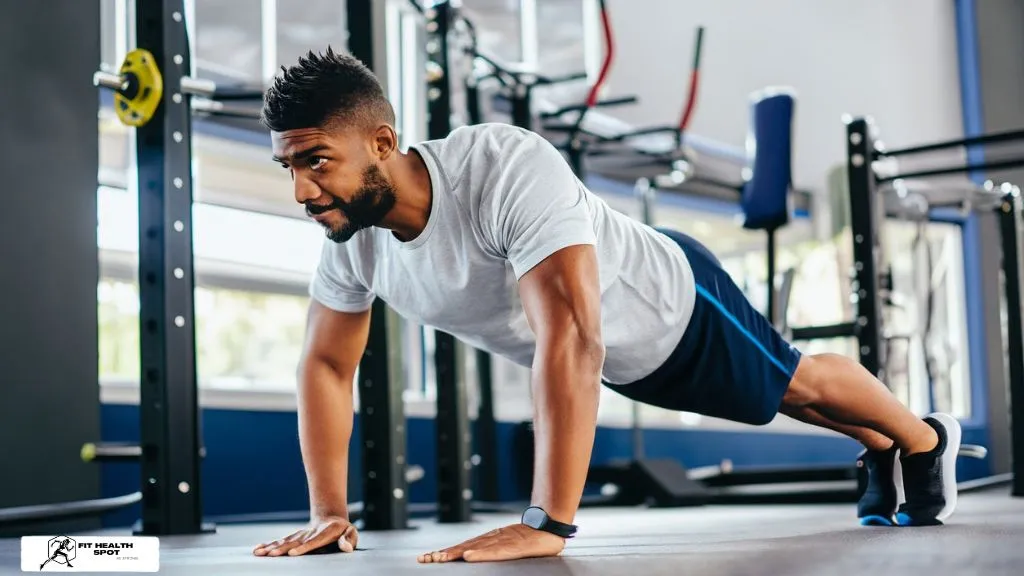
The Marvel of Bicep Push-ups:
Traditional push-ups target the chest and triceps predominantly. However, with a slight tweak in hand positioning, one can shift the focus onto the biceps. Bicep push-ups are a testament to the adaptability of bodyweight exercises. By placing the hands closer and turning the fingers slightly outwards, the biceps become the prime movers in this push-up variation. Perfect for those who seek bicep engagement without relying on external weights.
Bodyweight exercises offer a vast playground of strength and endurance challenges. Bicep push-ups are just the tip of the iceberg. For a deeper dive into harnessing your own body’s potential, delve into our extensive article: Explore a comprehensive guide to calisthenics workouts.
Long Head Bicep Exercises & Short Head Focus
The bicep, a two-headed muscle, comprises the long head and the short head. Each head plays a distinct role in arm movements and has a unique appearance. To sculpt a well-defined bicep, it’s crucial to target both heads effectively. Let’s delve into exercises that emphasize each part.
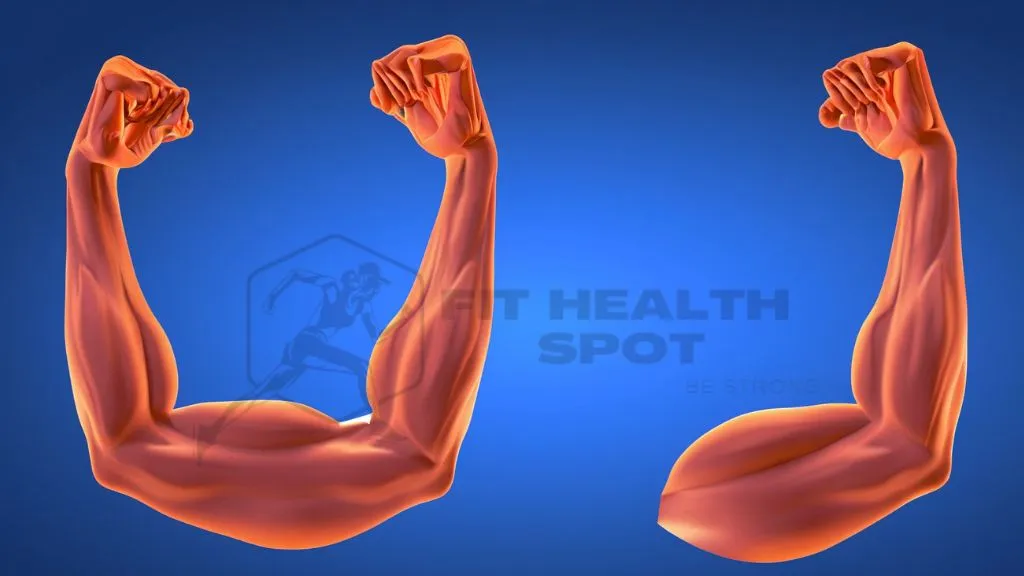
Targeting the Long Head of the Bicep:
The long head of the bicep, situated on the outer part of the arm, contributes to the coveted “bicep peak.” To emphasize this section:
- Incline Dumbbell Curls: Lie on an inclined bench and curl. The angle stretches the long head, intensifying the work.
- Hammer Curls: Grip the dumbbells with a neutral hand position and curl. This not only engages the long head but also the brachialis.

Zeroing in on the Short Head:
Located on the inner side of the arm, the short head gives the bicep its full, muscular appearance. Here’s how to target it:
- Preacher Curls: The support of the preacher bench isolates the bicep, placing more strain on the short head.
- Concentration Curls: Seated with a dumbbell in one hand and elbow against the inner thigh, curl the weight up, ensuring isolation.
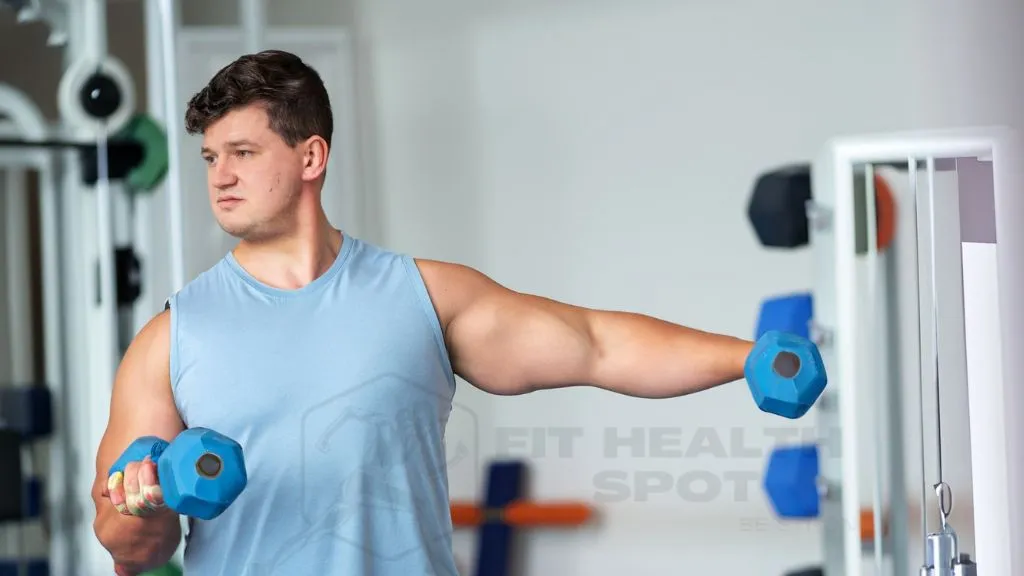
Remember, while targeting specific heads can accentuate certain parts of the bicep, a holistic approach ensures balanced development. Blend exercises for both the long and short heads into your routine for comprehensive results.
Advanced Bicep Training Techniques
For those who have moved past the basics and are looking to elevate their bicep training, advanced techniques can introduce new challenges, shock your muscles, and lead to impressive gains. These strategies, when applied correctly, can be a game-changer in arms development. Let’s delve into some tried and tested advanced techniques.
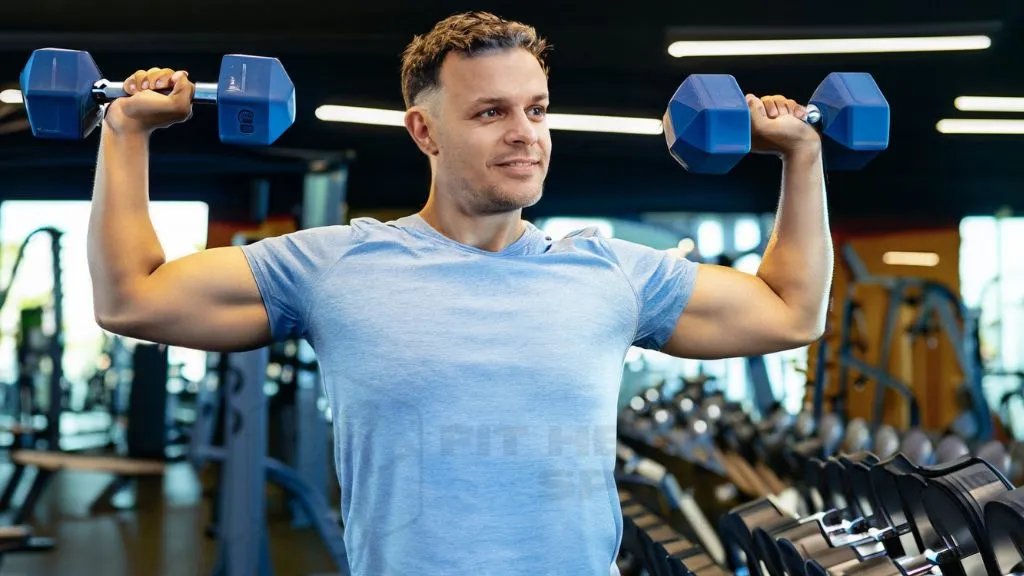
1. Drop Sets:
Pushing your muscles to the limit, drop sets involve performing a set of exercises to failure, then immediately dropping the weight and continuing with more reps until failure. This method exhausts the bicep fibers, promoting muscle hypertrophy.
How to Perform:
- Begin with a weight that you are capable of lifting for 6-8 repetitions.
- After you hit the point of muscle failure, decrease the weight by 20% and keep going.
- Perform 2-3 drops in one set.
2. Supersets:
Performing two exercises consecutively without any rest in between is what constitutes a superset. For biceps, pairing a bicep exercise with a contrasting tricep exercise can enhance blood flow to the entire arm, amplifying the pump.
Example Superset:
Barbell Curls immediately followed by Tricep Dips.
3. 21s (Bicep Curls):
A high-intensity technique, 21s focuses on partial rep ranges to intensify the burn and challenge the bicep throughout its entire range of motion.
How to Execute:
- Begin with 7 low-range curls (from start to halfway point).
- Follow with 7 high-range curls (from halfway point to full curl).
- Conclude with 7 full-range bicep curls.

4. Cheating Reps (with Caution):
Contrary to its name, “cheating” in this context isn’t about taking shortcuts but rather pushing past plateaus. By using momentum to perform additional reps post-failure, you can further exhaust the muscle. It’s crucial, however, to maintain form and ensure safety.
How it Works:
- Perform bicep curls (or other exercises) for muscle failure.
- After reaching failure, use a slight hip thrust to aid in lifting the weight for a few additional reps.
Remember, these advanced techniques should be incorporated with care. Always prioritize form overweight to prevent injuries. And as you challenge your muscles in new ways, ensure you provide them with adequate recovery time for optimal growth.
Preacher Curl Bench: Isolate and Intensify Your Bicep Workouts
The preacher curl bench is an iconic piece of equipment in many gyms, recognized by its unique angled pad design. This equipment is dedicated specifically to isolating the biceps, ensuring that every ounce of effort is targeted toward building those peak muscles. If you’re in search of a workout that eliminates the involvement of secondary muscles and throws the spotlight solely on your biceps, then the preacher curl bench is your go-to.
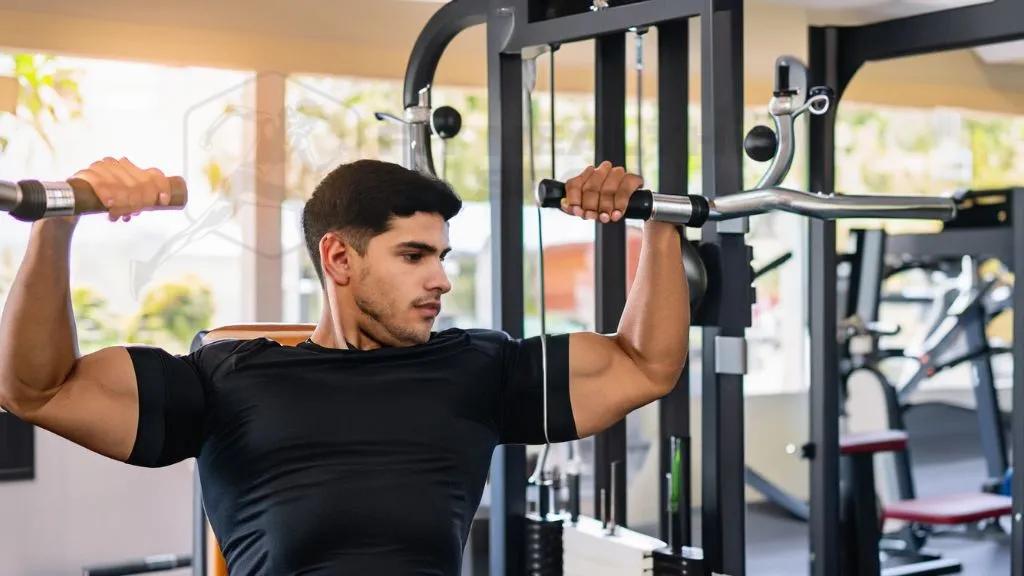
How the Preacher Curl Bench Isolates the Biceps:
The design of the preacher bench eliminates the possibility of swinging or using momentum, common issues when performing standing bicep curls. The angle of the pad ensures that the biceps are under constant tension throughout the curling motion, leading to more effective muscle fiber recruitment.
Proper Technique:
- Please alter the chair’s height until your armpits are comfortably aligned with the bench pad’s upper surface.
- Grasp the barbell or dumbbells with an underhand grip, hands shoulder-width apart.
- Place your arms over the bench, ensuring your triceps are flat against the pad.
- Curl the weights towards your face, pausing briefly at the top.
- Slowly lower the weights to get the maximum stretch in your biceps.
- Remember to keep your shoulders stationary; let your biceps do all the work.
Benefits:
- Targeted Training: Directs focus squarely on the bicep muscles, minimizing the engagement of secondary muscles.
- Constant Tension: The angle and design ensure the biceps remain under tension throughout the motion, promoting muscle growth.
- Reduced Risk of Swinging: Securing the arms in place prevents the common swinging motion, ensuring safer and more effective workouts.
Looking to further enhance your arm strength? Dive deep into the nuances of wrist curls and the benefits they bring to the table. Master wrist curls and enhance arm strength.
Brachialis Training: The Underrated Muscle Boosting Your Bicep’s Appearance
While most gym-goers are intent on growing their biceps, many overlook a critical muscle lying just underneath – the brachialis. It’s a muscle that, when strengthened, can greatly improve the overall size and definition of your arms, giving your biceps an even more prominent appearance.
Why Training the Brachialis is Essential:
- Enhanced Arm Aesthetics: A well-developed brachialis pushes the bicep muscle out further, making it look larger and more defined.
- Strength Increase: As an elbow flexor, a strong brachialis supports everyday movements and assists the biceps during heavy lifts.
- Injury Prevention: Strengthening the brachialis can balance the forces around the elbow joint, potentially reducing the risk of injury.
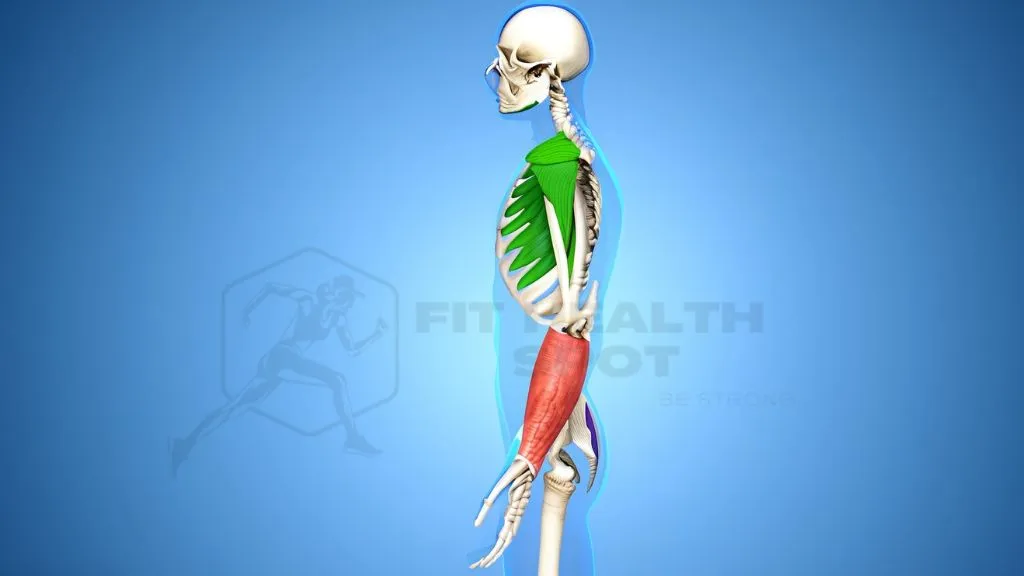
Top Exercises to Target the Brachialis:
- Hammer Curls: Hold dumbbells with a neutral grip (palms facing each other). Curl the weights while maintaining this grip. This variation emphasizes the brachialis and the brachioradialis.
- Reverse Curls: Using an overhand (pronated) grip on a barbell or dumbbell, curl the weights. This affects not only the brachialis but also the forearm muscles.
- Cross-Body Hammer Curls: Like the traditional hammer curl, but curl the dumbbell across the body towards the opposite shoulder.
When incorporated into a regular arm routine, these exercises can give your biceps a significant boost, both in terms of strength and aesthetics. By understanding and working on muscles like the brachialis, you pave the way for a more comprehensive and effective arm training regimen.
Bicep Care and Recovery: Safeguarding Your Muscles
Building robust biceps is commendable, but safeguarding them is imperative. Like any other muscle, the biceps can be susceptible to overuse injuries. Bicep tendonitis is a common concern many fitness enthusiasts face. Understanding its nuances and investing in preventive care can go a long way.
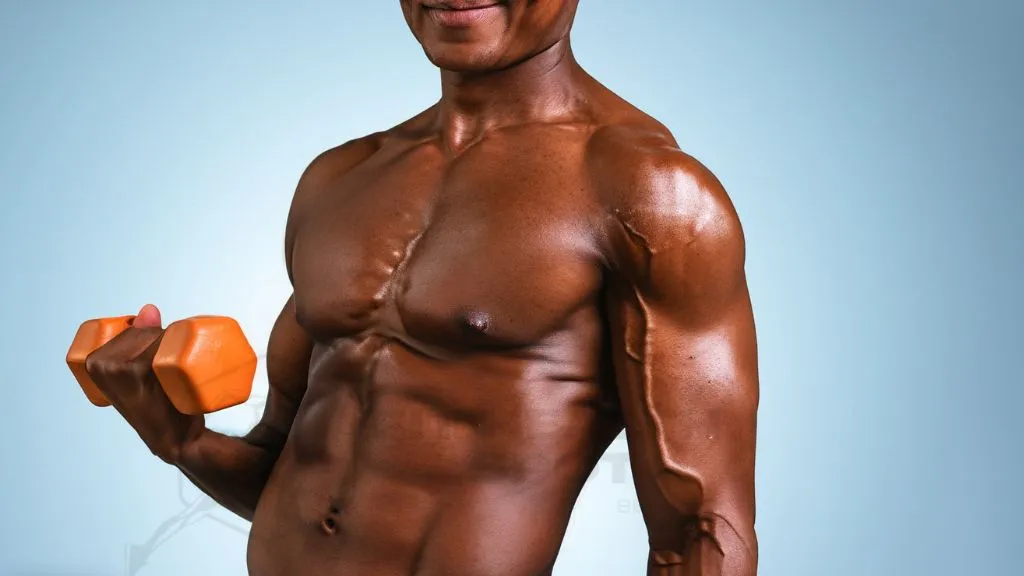
Bicep Tendonitis Demystified:
Bicep tendonitis results from the inflammation of the tendon that links the bicep muscle to the shoulder’s bones. Such inflammation often stems from repeated motions, especially activities involving overhead lifting or improper weightlifting techniques.
Exercises to Counteract and Prevent Bicep Tendonitis:
- Static Bicep Stretch: Stretch your arm forward, with the palm facing up. Use your other hand to gently press down on the extended hand until you sense a stretch in the bicep. Maintain this for 20-30 seconds.
- Shoulder Stretch: Raising your arms overhead, grip a towel or band behind you with both hands. Slowly pull upwards with the upper hand to induce a stretch in the bicep of the arm holding the towel’s bottom.
- Arm Cross Stretch: Direct your arm across the body, keeping it at shoulder level. With the opposite hand, apply gentle pressure on the arm, stretching the bicep’s outer portion.
Incorporating exercises such as hyperextensions can further aid in ensuring a holistic upper body workout, benefitting both the back and biceps.
Word of Advice from Experts:
Recovery isn’t just a phase; it’s an integral part of your fitness journey. Renowned fitness trainers consistently highlight the importance of rest intervals, emphasizing post-workout stretches and being attuned to your body’s signals. Overexertion can pave the way to severe injuries. Distinguish between muscle soreness and pain. If ailments like bicep tendonitis surface, seeking professional guidance and potential physiotherapy is recommended. Always remember, while working out is when you break muscle fibers; rest is when you build them.
Conclusion: The Bicep’s Role in A Well-Defined Arm
Your arms are like the pillars of a temple, and your biceps, being an integral part of them, need focused attention. The journey of achieving well-sculpted arms isn’t just about endless repetitions but understanding the anatomy and diversifying the training techniques. By incorporating a blend of free weights, bodyweight exercises, and machine-based workouts, you pave the way for holistic bicep development and overall balanced arm aesthetics.
However, the path to fitness isn’t a one-size-fits-all. Our body’s response to exercises can be as unique as our fingerprints. While general information and online guidance can be insightful, nothing beats the precision of personalized advice. Always consider engaging with fitness professionals who can guide you based on your physique, goals, and potential limitations.
For those enthusiastic about pushing their fitness limits further, the power of HIIT workouts can be an avenue worth exploring. This high-intensity interval training not only bolsters cardiovascular health but also enhances muscular endurance and torches calories at an exponential rate.
Disclaimer:
At FitHealthSpot, our mission is to enlighten and inspire. We meticulously ensure that our content is underpinned by research and expert insights. Yet, we urge Caution. The human body, with its intricate nuances, can react differently to exercises. Hence, before incorporating any new regimen or making alterations to your existing one, it’s imperative to liaise with your trainer or a seasoned fitness enthusiast. Your safety and well-being remain paramount. Always remember fitness is not just about intensity but also about informed decisions and attentiveness.
Frequently Asked Questions About Bicep Training
How to build biceps with dumbbells?
Building biceps with dumbbells involves performing exercises like dumbbell curls, hammer curls, and concentration curls. Start with a weight that presents a manageable challenge, targeting 3 sets of 8-12 repetitions. As you make progress, consider gradually upping either the weight or the number of reps.
What’s the difference between training the long head and the short head of the bicep?
The bicep comprises two main parts: the long head and the short head. Different exercises emphasize each part. For instance, incline dumbbell curls focus more on the long head, while preacher curls target the short head more directly.
How often should I train my biceps for optimal growth?
Typically, training biceps 2-3 times a week is recommended for most people. However, recovery is essential, so ensure there’s at least a day of rest between bicep-specific workouts.
Why is it important to incorporate bodyweight exercises for biceps?
Bodyweight exercises, like bicep push-ups or chin-ups, use your body’s resistance. This not only targets the biceps but also improves overall functional strength and muscle coordination.
How do machines like the preacher curl bench enhance bicep workouts?
Machines like the preacher curl bench help isolate the bicep muscle, ensuring targeted muscle engagement. This can lead to more concentrated muscle growth and can be especially useful for those looking to improve muscle definition.

